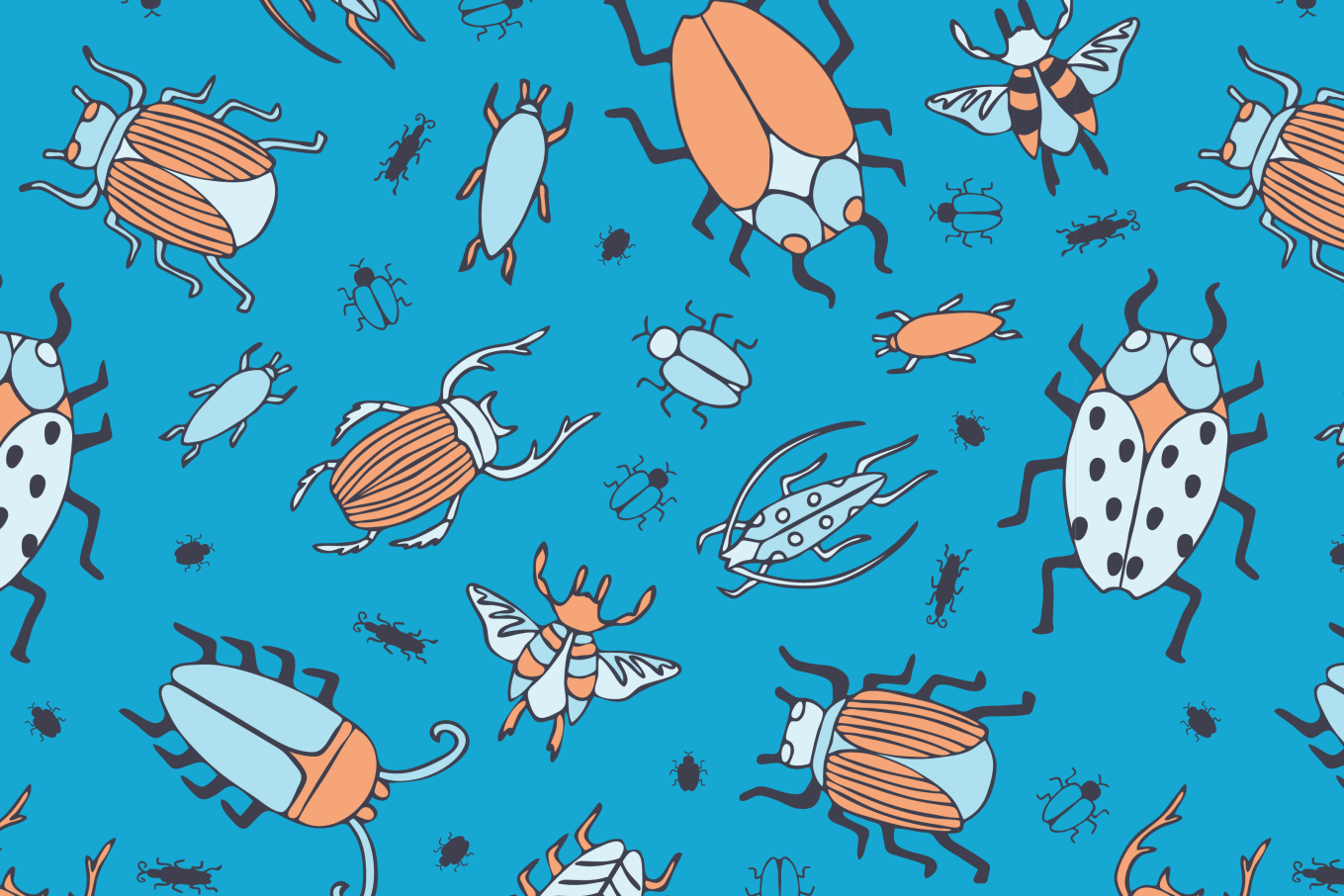No one wants bugs indoors. To keep your home pest-free, prevention is everything. Make sure you identify the bug when you first see it and before the infestation begins. Then find out what is attracting them so you don’t unintentionally invite more of them. It’s simple: No attractions, no bugs.
Know Your Enemy: What Attracts Bugs
The kind of pests you’ll likely see crawling inside your home depends on your location and the time of year. “Spring and summer we get a lot of calls, mostly for ants and wasps,” says Matt Smith, co-owner of Green Pest Management in New Castle, Del.
Here’s what attracts the usual suspects and what to change:
- Ants: Keep food sealed and counters clean. Some ants prefer sugar, and others, fats — so bait your traps accordingly.
- Bed bugs: They often require professional treatment and are known to be difficult to eliminate. Complete removal means targeting every life stage and often removing bedding and clothes for treatment.
- Beetles: Some species feed on fabric or grains and thrive in damp conditions. Reduce clutter, vacuum regularly, and control moisture.
- Carpenter bees: These wood borers can damage a home, so protect untreated wood by painting or sealing it. If you’ve already spotted them, use insecticides labeled for wood-boring insects or call a professional.
- Centipedes: They prefer damp, dark places. Use a dehumidifier and regularly clean and seal cracks to discourage them.
- Cluster flies and boxelder bugs: These bugs often seek shelter in attics and wall gaps in the fall. Seal gaps and apply perimeter treatments.
- Fleas: Pets commonly bring them in, and eliminating fleas requires breaking the life cycle. Vacuum thoroughly, keep pet bedding clean, and use chemical treatment if needed.
- Fruit flies: Fruit flies can multiply quickly, particularly around ripe or decaying produce. Rinse produce and toss overripe fruit quickly. Use fruit fly traps.
- Pantry moths: They’re usually brought in through dry goods and can infest flour, rice, and cereals. Store food in airtight containers and inspect packaging before storing. Use moth traps but don’t overuse them in a small area or you may attract more, Meek cautions.
- Pill bugs and millipedes: These pests often show up in basements or near foundations. Reduce moisture, run dehumidifiers, and seal entry points.
- Spiders: Declutter, vacuum regularly, seal exterior gaps, and remove webs.
- Stink bugs: They sneak in through tiny cracks, especially in the fall. Seal gaps larger than one-eighth inch and keep screens in good repair. If the bugs get inside, vacuum them. Crushing them can release a strong, lingering odor.
Strategies to Keep Bugs Out of Your House
Bugs in your house aren’t inevitable if your follow these 10 pro tips:
Don’t Feed the Bugs
Leaving out food or water attracts bugs. Keep food in airtight containers and clean up spills promptly.
Limit Mulch Highway for Bugs
“Homeowners will bring in new mulch and pile it too high along the house,” Smith says. Mulch piled up against the foundation can serve “as highways for pests,” says Jeremy Logsdon, co-owner of Preventive Pest Control in Houston.
Don’t Overspray to Keep Bugs Out
Overspraying can cause problems such as ant colonies splitting up and spreading throughout the home, notes Meek.
Know That One Gadget Can’t Do It All
A single gadget won’t solve all your bug problems. For instance, “bug zappers can certainly reduce flying insects, but they often attract more bugs than they kill,” Logsdon says.
Keep Outdoor Lighting Low
Bugs are attracted to outdoor lighting, says Nikki Torgerson, owner of Advanced Bed Bug Preparation in Oskosh, Wis. They’ll fly inside your home as soon as the door opens, she adds. Meek advises using yellow or low-spectrum LED lights outside, which bugs are less to.
Look for Outside Entry Points
“A good walk-around of your house is crucial,” Logsdon advises. Inspect the home for cracks, even small openings, in the foundation and gaps around windows and doors.
Clear Your Yard to Eliminate Bug Cover
Trim shrubs, maintain gutters, and keep foundations clear. “Pests don’t like to feel exposed, so the more you keep [your yard] cleared out, the better,” Smith says.
Control the Moisture That Attracts Bugs
Use dehumidifiers in basements, aim gutter drain water away from the home’s foundation, and fix leaks right away.
Vacuum and Organize to Break Bug Attraction
Spiders and centipedes thrive in clutter. Regular vacuuming and organization can help to keep them away.
Hire a Professional to Get Rid of Bugs
Despite your preventive work, you may end up with more bugs in your house or returning ones. If so, there are products you can use and actions to take that go beyond prevention.
With prevention, be proactive even when you don’t sport problems. For example, have your home professionally sprayed for pests along the foundation “even if you don’t see anything,” Smith says. People like to wait for a problem before doing anything, he adds.
